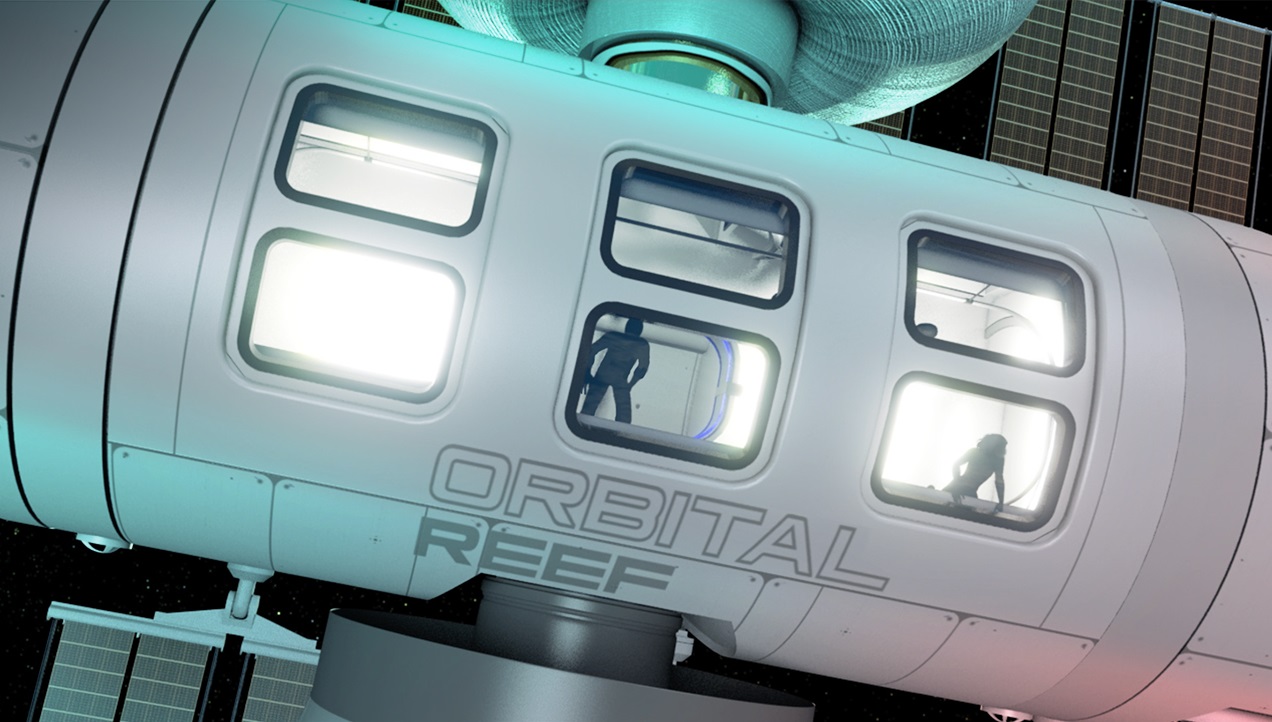
The International Space Station has been operating with astronauts on board for over 21 years, despite the fact that it seems like it is just now hitting its stride. NASA plans to keep the space station in the air until at least 2030, and to replace it with a commercial space station, according to a new report.
The report says that NASA hopes to have at least one commercially owned and operated space station up and running by the year 2028. This would give a period of two years of overlap and handover to avoid a substantial gap in on-orbit science investigations. The report says that a gap would cause the delay of deep space human exploration missions.
NASA and the international partners have indicated that the operational life of the International Space Station could be extended to 2030.
The Station was designed with a life expectancy of 15 years and a safety factor of two, meaning it could last 30 years after the 1998 launch of its first segments, according to a report.
The International Space Station is pictured from the Crew Dragon Endeavour during a flyaround of the lab that took place following its undocking from the Harmony module. Credit: NASA
Structural wear and tear is showing up. The Service Module Transfer Tunnel, which connects the Service Module to one of eight docking ports on the Station, was recently found to have cracks and leaks. Structural fatigue, internal damage, external damage, and material defects are some of the causes being explored.
The report says that an updated analysis of the structural longevity of other segments should be done because the leaks were caused by cracks that models suggest should not exist. This would suggest that there could be an earlier-than-projected obsolescence for at least one part of the Station.
New infrastructures like the Axiom Space Station are cheaper than what exists today and can offer the same access for a reduced price.
>
December 1, 2021.
The annual cost of the International Space Station is about $3 billion, a third of NASA's annual human space flight budget. Commercial companies say that they can provide new facilities for a better price than NASA can.
The Artemis program is not feasible without continued human health research and technology demonstrations being conducted on the International Space Station.
NASA signed agreements with three U.S. companies to develop designs of space stations and other commercial destinations in space. The agency wants to enable a robust, American-led commercial economy in low-Earth space.
Blue Origin received $130 million for their Orbital Reef space station design, while the other two companies received a combined total of $128.6 million.
Starlab is a continuously crewed, free-flying, commercial space station dedicated to conducting advanced research, fostering commercial industrial activity, and ensuring continued U.S. presence and leadership in low-Earth Orbit. The credits are: Lockheed Martin/Voyager Space.
NASA wants to maintain a constant U.S. presence in low-Earth orbit by transitioning from the International Space Station to other platforms. The awards will encourage the development of commercial, independent space stations that will be available to both government and private-sector customers.
NASA announced a plan for commercial development in early 2020 in hopes of fostering economic development and innovation. The selection of a Houston company to provide a commercial habitation module for the International Space Station was announced at that time.
NASA and the other international partners are planning to keep the space station in the air for a long time. NASA acknowledged in the report that there needs to be a plan to decommission and deorbit the International Space Station. This will be technically complex and costly, requiring international participation and a critical decision on timing.
The entire OIG report can be read here.
